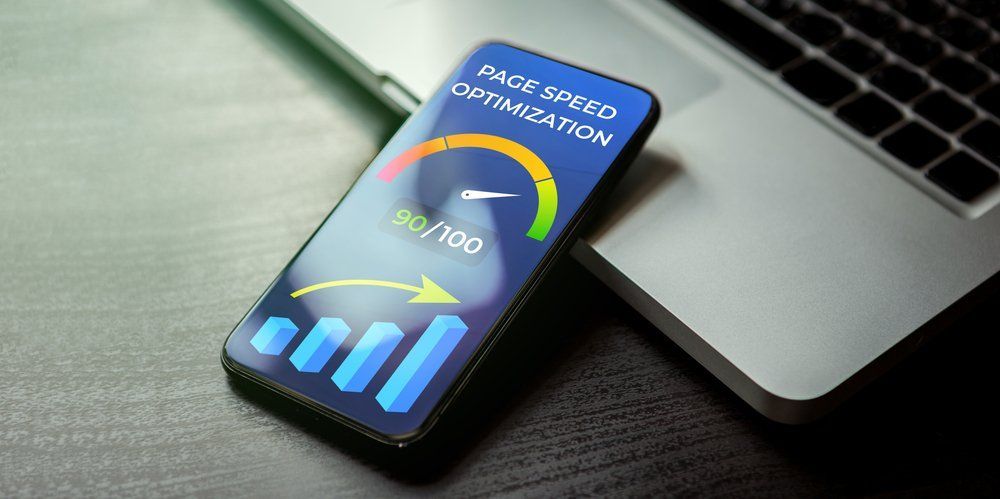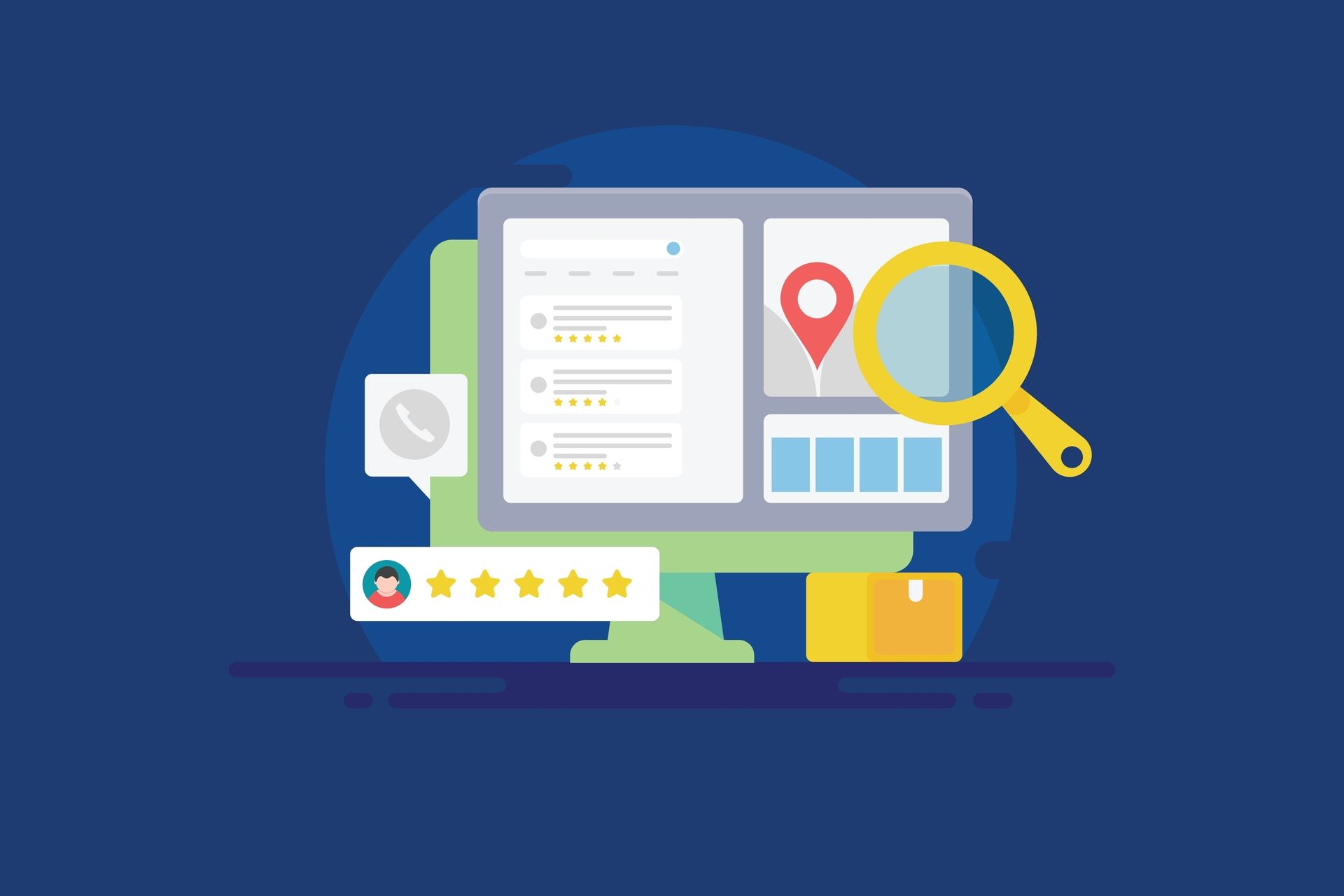Tips for Improving SEO
Maximizing SEO is a great way to get your website more traffic.

The whole point of good SEO is to get search engines to list your website higher on the search engine results page, or SERP.
However, when you are improving your SEO you need to remember that the user's experience comes first.
You don't need to worry about getting more traffic to a site that performs poorly or isn't user-friendly.
Besides, Google takes user experience into account when ranking websites. They know that their site-crawling bots don't see websites the same way people do,
so they've worked to make their bots savvier to good user experience practices.

If it comes down to choosing between optimizing your site for search engines and creating engaging and readable content for users, it's best to pick the latter.
For example, it's easy to stuff keywords into your titles and URLs to entice search engines to rank your webpage higher, but it would come across as less natural to users.
Speaking of keywords...
2. Use Keywords
This is where you need to work to get quality traffic coming through your site. Relevant keywords are the name of the game. You don't want to overdo it, but don't ignore the power of well-thought out keywords!
You can strategically place these keywords in your title headings, within the content on your "About" page, or in blogs to get search engines to notice you a little more.
It's important that you only use one keyword or keyword phrase per page. If you use more than one, and they are dissimilar from each other, it will be that much harder for your webpage to rank.
I'll say this a lot because it's important: don't jeopardize the end user experience in an attempt to boost your ranking on the SERP. Use keywords, but use them carefully.

One of the best things you can do for your website is consistently update it with fresh content. Search engines (and people) love to see websites with regularly updated content.
There are few things to keep in mind when posting new content, though. Don't load your website up with content from other sites--be original! It's okay to share content that you know your users would find relevant, just make sure you are keeping the focus on your original stuff.
You also want to make sure you're focusing on quality as well as quantity. Don't think your 20 blog posts alone will do the trick. They need to be 20 substantial blog posts that your target audience will care about.
If you are regularly uploading new content, it might encourage users to bookmark your website. If they are using Google Chrome (as the majority of internet users are), then their action of bookmarking your site will help to increase your ranking.
4. Fast Page Loading
Google notices slower loading speeds, and a slow website will only hurt your ranking. And, of course, people will notice slower loading speeds, as well. We've all been to a website that takes too long to load and promptly left that site in search of a faster one.
In fact, 1 in 4 users leave a website if it takes more than 4 seconds to load ( WebsiteBuilderExpert ). If people are leaving your site after 4 seconds, Google will think your content isn't useful to searchers and will lower your ranking.

So how long should you keep your site visitors waiting? The ideal load time is three seconds or less. The rate at which people leave the site (bounce rate) increases dramatically as load times go up.
If your website takes between three to five seconds to load, users are 90% more likely to leave. If that goes up to six seconds, the probability of users leaving goes up to 106% ( Think with Google ). So you can see how small increases in load time can have detrimental effects on your bounce rate.
I'll say it once more: focus on improving the user experience in order to better improve your SEO and ranking.
5. Utilize Good Image Posting Practices
There are a couple things to keep in mind when including images on your site. The first is that you can use them as opportunities to get more keywords on your page. Use keywords in the captions, descriptions, or titles of your images.
Another way to get some keywords in is to include them in your images' alt texts. Alt texts are the words that appear when you scroll over images. These are in place to help visually-impaired visitors who are using screen-reading tools and also for site-crawling bots that aren't able to see the image.
The second thing to consider is the size of the images you are using. T he larger the image file, the longer the page will take to load (see tip #4). If your images are too large, try compressing or resizing them.
6. Maintain a Blog
As I mentioned before, it's important to frequently update your site with content. Blogging is a great way to do just that. If you can build a following for your blog, you will have people coming to your site for new content.
Another reason to blog is the opportunity to sneak in more keywords. Include them in your titles and in image alt texts, titles, captions, and descriptions. Just remember you shouldn't sacrifice natural and coherent writing for a higher number of keywords.

Blogs are also good for including links. When you make certain claims or use statistics to support an idea, make sure you are linking your source. This will go a long way towards making your site appear more credible.
7. Include Videos on Your Site
Blogs are a great form of content to put on your website, but they aren't the only thing that will boost traffic. People generally like to watch videos more than they like to read content.
Whether you are posting video testimonials or company culture videos, they can help you retain visitors. 83% of marketers have said that video content has increased the amount of time users spend on their site.
Visitors spending more time on your site will lead Google to fav or you more in the rankings, so anything you can do to keep people on your site is beneficial. You don't need to post 15-minute long short films, but remember that longer videos mean users spend more time on your site.

I can't stress enough how important solid SEO is. You want your business's website to impress those site-crawling bots so that you can gain more visibility, and, in turn, gain more visitors to your site. Again, this is definitely not a complete list of SEO improvement tactics. There are a plethora of ways to earn higher rankings on SERPs--this is simply a starting point.
Thanks for reading, and be sure to check back for more insights into digital marketing!


